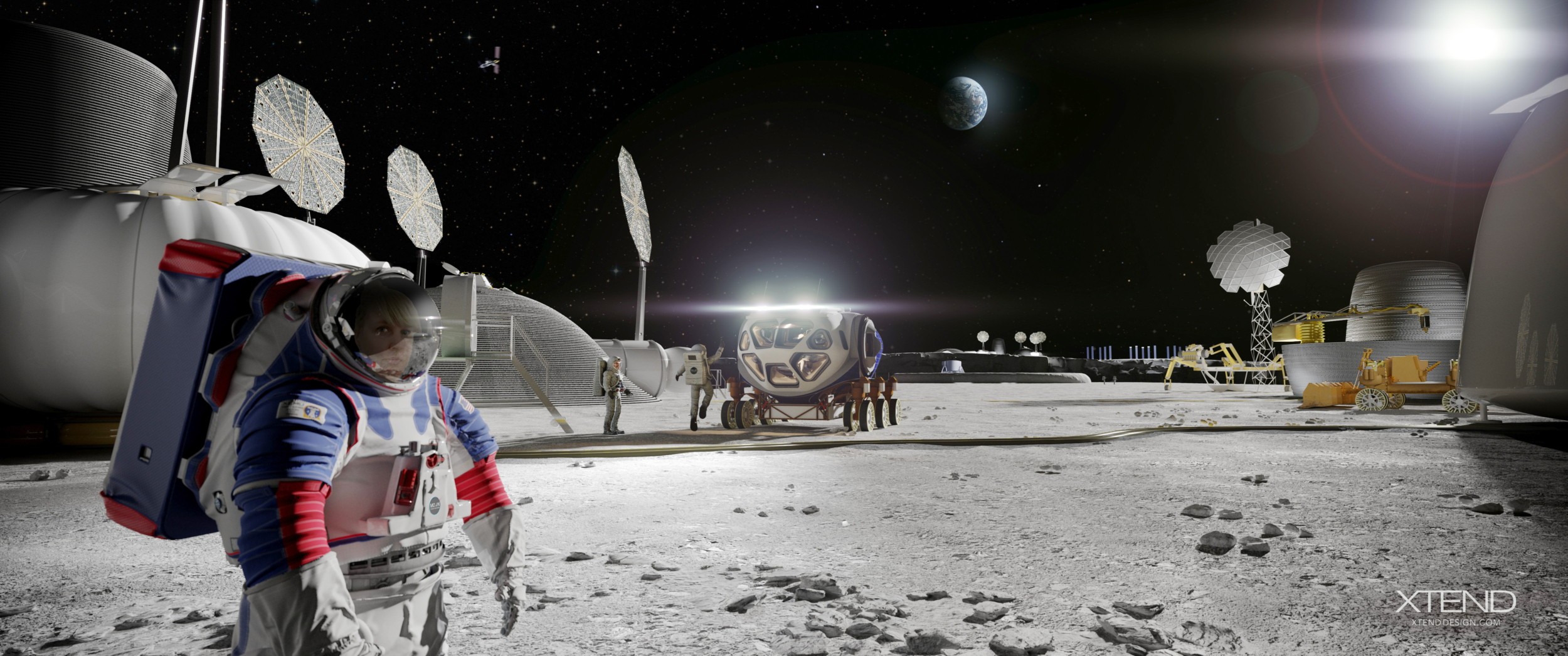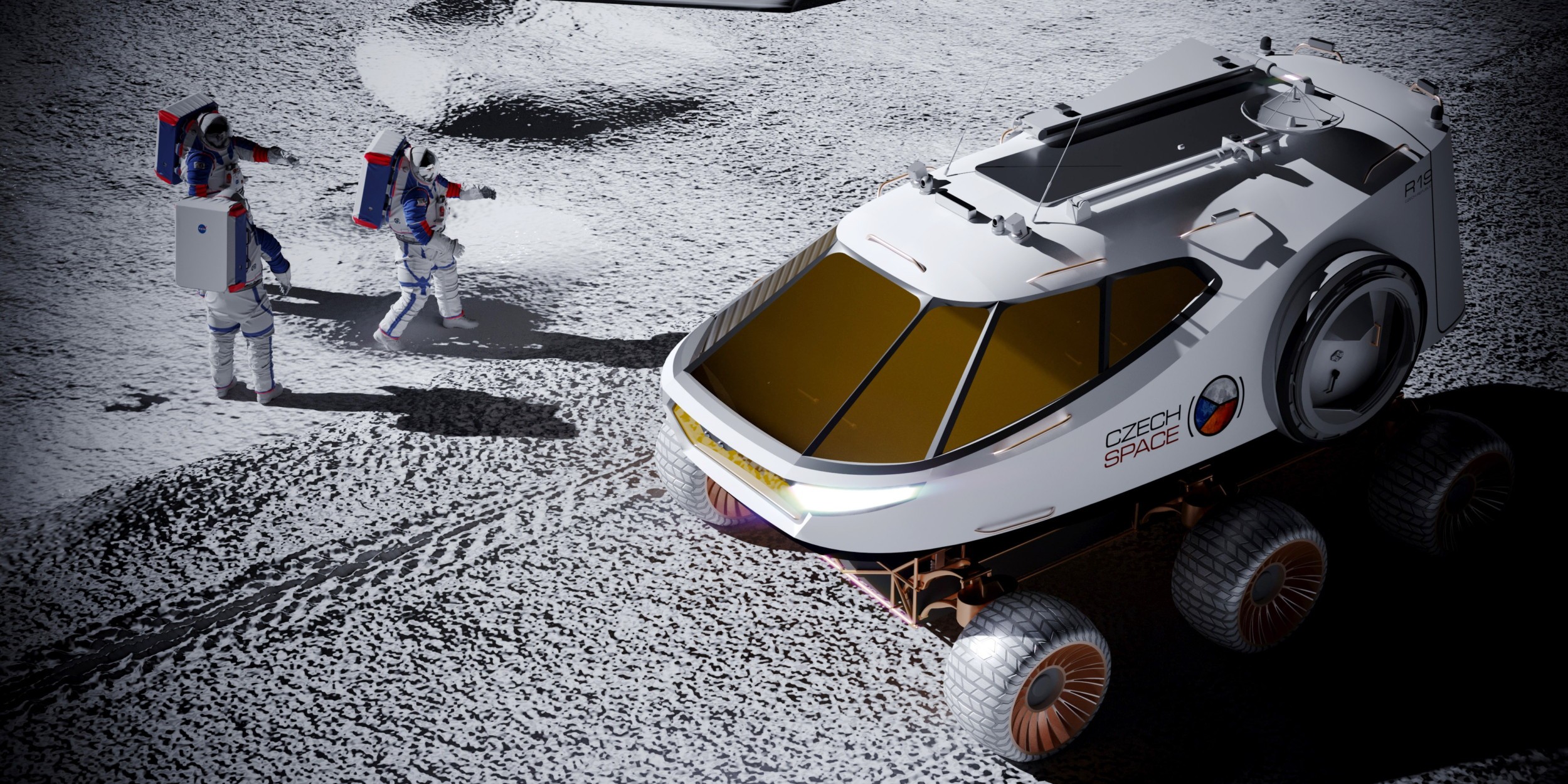NASA’s Artemis missions are poised to revolutionize lunar exploration, with plans for crew-carrying missions slated to commence next year. While early missions will entail on-foot exploration, Artemis V heralds a pivotal shift with the introduction of a Lunar Terrain Vehicle (LTV), a specialized Moon SUV designed to facilitate more extensive lunar excursions.
This marks a significant departure from the Apollo era’s Lunar Roving Vehicle (LRV), reflecting advancements in capability and complexity. Collaboration among companies competing for the NASA contract underscores the concerted effort to meet rigorous mission requirements.

The envisioned LTV faces formidable challenges, from operating in extreme lunar temperatures to accommodating crew and cargo while maintaining autonomy. NASA’s stipulations emphasize the vehicle’s adaptability for scientific missions in between crewed expeditions, underscoring its multifaceted role in lunar exploration.
Selected companies, including Lunar Outpost, Intuitive Machines, and Venturi Astrolab, now start on a rigorous development phase, vying for the opportunity to demonstrate their rover’s capabilities on the lunar surface. With NASA’s ambitious lunar agenda extending into the next decade, the LTV promises to be a pivotal asset in humanity’s quest to explore celestial frontiers.

